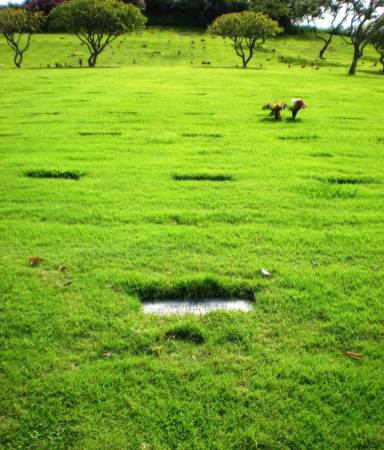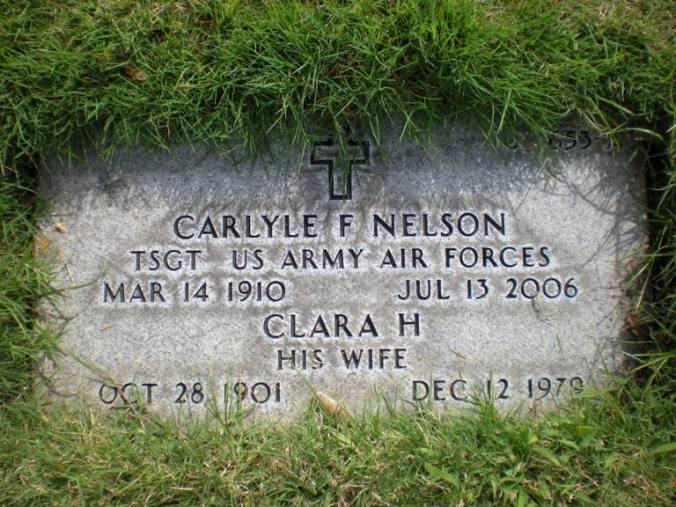John Young, a Briton who came to the islands in 1790 and befriended and supported Kamehameha, was called Olohana (“All Hands!”) He had four children,—Jane, Fannie Kekelo, Grace and John Young Jr.
The daughter, Fannie Kekela was the mother of Emma (Kaleleonalani – born January 2, 1836,) who was adopted by Doctor Rooke, an Englishman. On June 9, 1856, Emma married Alexander Liholiho, King Kamehameha IV, and then was known as Queen Emma. (Restarick)
Across the globe, Victoria was born at Kensington Palace, London, on May 24, 1819. She was the only daughter of Edward, Duke of Kent, fourth son of George III. She became heir to the throne because the three uncles who were ahead of her in succession – George IV, Frederick Duke of York and William IV – had no legitimate children who survived.
On William IV’s death, she became Queen at the age of 18 on June 20, 1837. Queen Victoria is associated with Britain’s great age of industrial expansion, economic progress and, especially, empire. (At her death, it was said, Britain had a worldwide empire on which the sun never set.) (British Monarchy)
The two queens were unlike in more than the size of their realms. Victoria was almost a generation older than Emma. Victoria had nine children, the last one born in 1857, a year before Emma’s one and only child, the Prince of Hawaiʻi.
Queen Victoria and Queen Emma exchanged letters (many of them sad exchanges about the losses experienced by each.) The correspondence between the two queens began in September 1862, with Queen Emma’s announcement of the death of the Prince of Hawaiʻi, her son and Queen Victoria’s godson.
It took 6-months for letter exchanges – at least 3-months for a letter to travel each way from Hawaiʻi to England. (Kanahele)
Queen Emma’s first letter (September 10, 1862) expresses her appreciation to Queen Victoria for her willingness to be godmother to Emma’s only child, Prince Albert …”As a wife and fond mother, my heart overflows with gratitude to your Majesty, for the honour which you have been so graciously pleased to render to the King, my husband, and to our only son, in condescending to become his sponsor, at his baptism.”
However, that same letter also notified Queen Victoria that Prince Albert had died … “But, alas! Your Majesty’s spiritual relation to my beloved child has been of short duration, for it pleased Almighty God, in his inscrutable Providence, to call him away from this world, on the 17th August, only a few days after his baptism.” Queen Emma signed it: “Your Good & Grateful friend – Emma.”
Victoria, in mourning for years after the death of her husband in December 1861, replied (February 14, 1863) on her personal notepaper, marked with a wide black border on the paper and envelope and sealed with black sealing wax.
“As a Mother you will understand how fully I am able to appreciate the depth of your grief, at the sad loss which so soon succeeded to the Holy Ceremony. As a wife I can sincerely hope that you may be spared the heavier blow which has plunged me into life long sorrow,—but which makes my heart tenderly alive to all the sorrows of others.”
Later that year, Alexander Liholiho (King Kamehameha IV,) Emma’s husband, died. On February 14, 1864, she wrote to Victoria of the news and her grief, signing, “I remain Your Majesty’s afflicted but grateful friend”.
“My heart is very, very heavy while I make known to Your Majesty that God has visited me with that great trouble which in your kind and consoling letter you said you hoped I might be spared.”
“On the 30th. November my Husband, of whose danger I had never entertained one thought, expired suddenly, almost while in the act of speaking to me, and it was a long while before they could make me believe that what I saw was death and that he had really left me alone for the remainder of my life.”
“This blow has been very hard on me. It seems truly as yesterday that we lost our beautiful boy Albert, Your Majestys Godson, of whom I am afraid we were too fond and proud, and from whom we looked for such great things, flattering ourselves that his very name gave an assurance of his becoming as he grew up, every thing that is good and true and Prince-like.”
Victoria replied (June 14, 1864,) “My bleeding heart can truly sympathize with you in your terrible desolation! A dear & promising only child & a beloved Husband have both been taken from you within two years! Time does not heal the really stricken heart!”
“May God give you strength to bear up under your heavy affliction. I remain Your Majesty’s affectionate & unhappy friend Victoria R.” (The phrase “unhappy friend” was often used by Queen Victoria after the death of Prince Albert. (Hackler))
For the next 20 years, the two Queens wrote each other from time to time, sharing news of family events, happy and tragic. They exchanged photographs and small gifts and inquired about each other’s health and that of their families.
It was not until 1865 that Queen Emma travelled to England; there, she had the rare experience of spending the night with the British royal family in Windsor Castle. Victoria never made it to the Islands.
“The highlight of Emma’s visit was her audience with her son’s godmother and the ruler of the most powerful nation in the world and hence the most powerful woman in the world, Queen Victoria. She had looked forward to the meeting since her first letter recounting her son’s death.”
“But so was had Queen Victoria who, according to Prime Minister Lord John Russell, was ‘anxious to show her every attention and civility, & will be much interested in seeing her.’” (Kanahele)
In writing her appreciation for the visit, Emma wrote (December 12, 1865,) “Allow me to say with how much gratitude and affection I shall always cherish the remembrance of you and yours and with what pleasure I feel that I may subscribe myself My dear Madam, Your very sincere and faithful friend, Emma”
The last known letter exchange between the two was in 1882, Victoria responded to Emma, “My dear Friend, You wrote me a most kind letter on the occasion of the attempt on my life … We are now engaged in a war which I hope will be of short duration …”
“We were pleased to make the acquaintance of King Kalakaua and I would ask you to remember me to him. With renewed expressions of friendship and esteem, Your majesty’s affectionate friend, Victoria R.I.”
In 1883, Emma suffered the first of several small strokes and died two years later on April 25, 1885 at the age of 49; Queen Victoria died on January 20, 1901. This summary is the result of inspiration and lots of information from Hackler and her paper, ‘My Dear Friend.’


























